17 de January de 2023
How to Manage an Injured Athlete
Injuries are known to be the worst nightmare to everyone (athletes, people who work out or who don’t train at all…). Having an injury means to suffer a change in your movements. This means that the person will become dependent during the time of the injury and their daily life will not develop as always. However, if this happens to a professional athlete, he won’t be able to do his work properly.
First of all, let’s highlight that Sport Science is currently investigating the main factors which an injury is determined by (1). Indeed, some researchers are intending to reduce the number of factors that are responsible for the injuries into one, which is a big mistake. As an example, they are trying to demonstrate that an injury is the result of a low muscle mass. Moreover, it seems very trendy to try and get rid of the possibility of being injured while performing a certain exercise, for example, soccer; it has been proven that a specific leg exercise reduces the chance of a femoral biceps injury to a X%, but they still don’t understand that injuries multivariate and every factor can’t be controlled (2)
However, as coaches or sport professionals, we can’t stand there watching how our team members suffer injuries. We need the tools to help us reduce the number of injuries and be able to handle them the best way possible. In fact, we can find so many references and examples about exercises that are being performed to reduce the anterior cruciate ligament injury ratio (3-5). The concern about this type of injury (the knee will lose the elastic pieces that hold it together, and will become wobbly and very painful) is massive, because it can totally destroy an athlete’s career. However, this type of injury is not the only one… I’m sure that every athlete has also suffered an ankle sprain during his sports career.
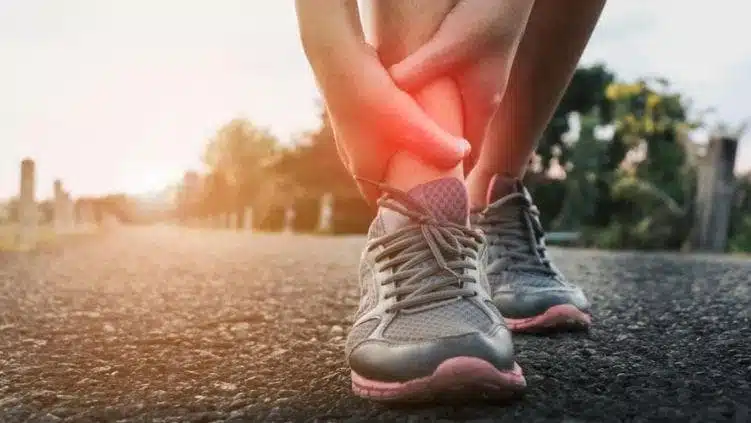
Today’s post is not about how many different types of injuries exist; on the contrary, we’ll find out how to manage an injured athlete, or how to get him back on track one step at a time. What concerns us the most is our athlete’s motivation during the injury process. Thus, we must be clear about something: the role of the person who will take care of the athlete’s re-adaptation. This person is the physiotherapist and will be able to perform several manual techniques, as well as ultrasounds, radiofrequency treatments or exercises for the athlete’s recovery. However, we must highlight that the load program and the recovery exercises should be discussed between the physiotherapist and the Physical educator or coach. Both profiles will match and recovery will be at its best if these two worked together. With that being said, let’s analyze the key factors of an injured athlete’s recovery.
Injury Leads to a Time of Crisis
Injuries usually cause an anxiety situation in athletes. When an athlete is seriously injured, it’s often known that the injury is severe, which will make them start to feel pressured and think “How long will I be injured, will this injury lead to surgery? No, not the ankle again…” As trainers or coaches, we must remain patient and try to calm down our athletes.
In these types of situations, it is important that the athlete feels our support and remains calm. We all know that injuries are very common among athletes and we must know how to handle the situation. One of the most important side effects is the loss of motivation. Moreover, when the athlete suffers a recurring injury, the loss of motivation is normal. An example could be Gareth Bale, who played in Real Madrid as a star, but suffered injuries since the beginning, which made him lose motivation to a high level. This is not the only case: Yao Ming, an NBA player ended his career after multiple injuries in his ankle, knee and hip.
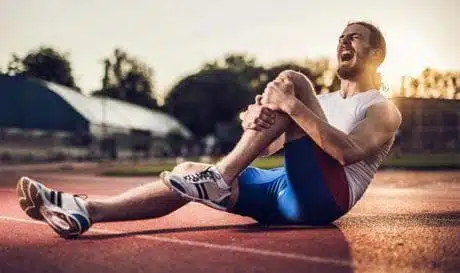
Fuente: https://amedweb.com/10-lesiones-en-el-deportista-como-evitarlas/
That’s why the athlete’s motivation has to be of vital importance during the injury period. When this happens, it is important that we have an action plan. The first thing is to evaluate how important the injury is and determine the length of the recovery time. Then, the doctor, physiotherapist and physical trainer must plan the recovery process and establish the treatment. Once the action plan is developed, they will inform the athlete about how long the injury will last and what will be done about it. It doesn’t matter how long it will take to recover, but we must encourage the athlete to keep going with the recovery process, that will last as least as possible. The readaptation process depends on himself and his hard work and sacrifices. They should be fully involved in their recovery and must be aware of following every instruction with no excuse.
Motivation and Injuries
As we mentioned before, it’s necessary to keep our athletes informed. Motivation is a crucial point to work on. There are different ways to keep the athlete’s motivation. Here are some of them:
Athlete’s Participation in the Recovery Plan.
When we share the recovery process of the injury, we have to take into account the athlete’s approval. We must also let him participate at the time of making decisions, which doesn’t mean he has to manage his recovery, but for example, asking him which exercises he feels more comfortable with when it comes to creating his table. This will make him feel that he’s in control over his recovery and will get more involved in his daily exercise, so he will feel involved for a longer time after being listened to.
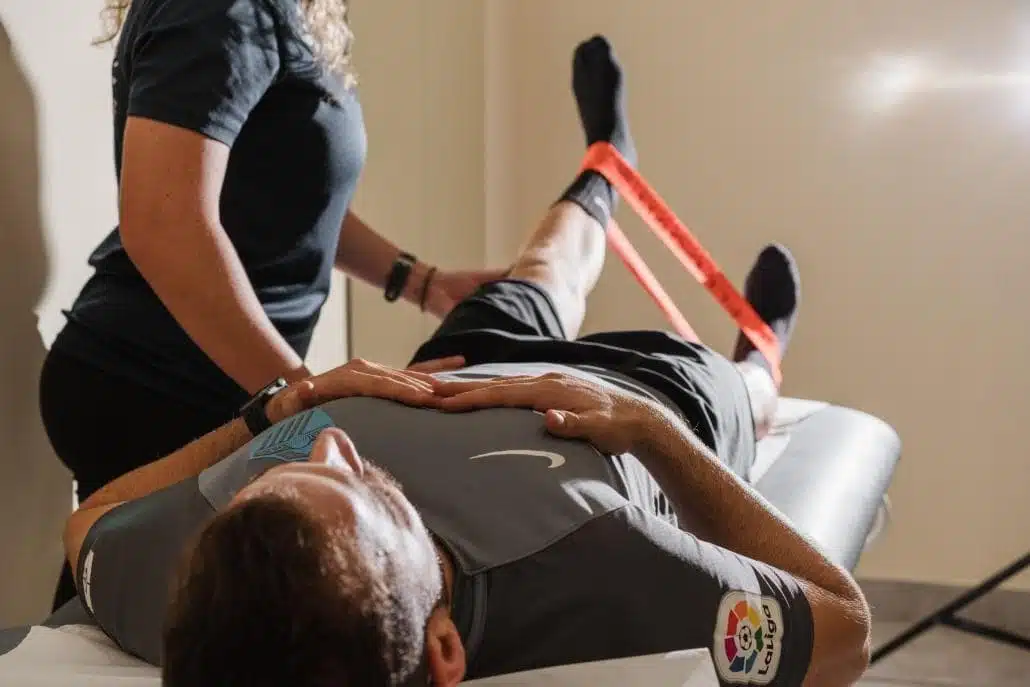
Give Positive Feedback
Positive feedback is as important for injured athletes as for the active and healthy ones. The coach has the obligation to share his knowledge with his athletes. In the past, when a match was lost, the coach or trainer would punish his athletes by making them run for long periods of time, or forbidding certain athletes from playing during a game. However, things have changed, leading to a high motivation thanks to the positive feedback that he’s constantly receiving during recovery (6, 7).
Setting Realistic Challenges
As we have seen in other blog articles, setting realistic goals increases the athlete’s motivation. The psychology of sport is very complex and the mental process that an athlete has to go through is not easy to manage. That is why we must always take good care of our athletes and offer them small achievable challenges so that they have a constant feeling of achievement and victory. In other words, setting ambitious challenges can cause our athletes to become demotivated and frustrated. However, setting realistic goals makes them want to keep moving forward and improving. And the same thing happens when you are going through a recovery process. If we set a very ambitious recovery goal and we promise the athlete that in one week he will be recovered, it is likely that in one week we will have a frustrated and very unmotivated athlete. It may even be that trying to return to perform as he/she did previously causes a worsening of the injury. Therefore, it is important to provide appropriate goals.
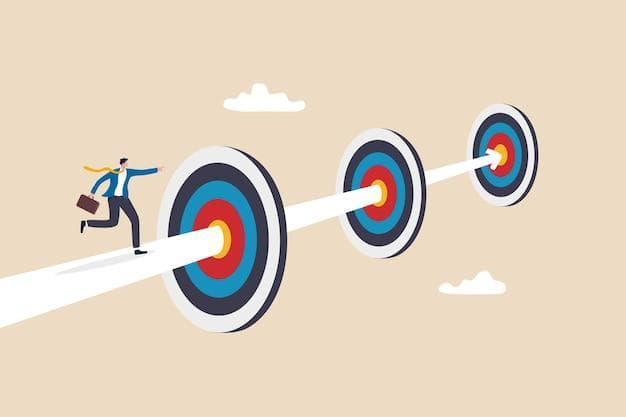
Working on the Athlete’s Lagging Qualities
A good strategy to keep the athlete’s motivation high at the time of injury is to make them improve in aspects that they had lagged behind or that they saw as secondary. For example, if we have an athlete who has injured his ankle, working with him on his cardiopulmonary capacity by means of a manual ergometer or working on his upper body to improve or maintain his strength can increase his motivation. In addition, at times of injury, other skills such as coordination or balance can be worked on, which are often forgotten in training. Therefore, as we have said previously, providing small gains in other aspects of sports performance can help keep motivation high.
Applying New Trends in Sports Training
Finally, let’s give a little nod to the trainer who keeps informed and up-to-date. In this case, we believe that it is very motivating for the athlete to use technologies that are unknown to him or her. This is the case, for example, of the use of motor imagery, a technology that allows to improve the recovery of the injured limb while training the healthy limb (8). Or, for example, the use of electrostimulation, which allows a person who cannot walk to increase his energy expenditure in a resting situation (9). Therefore, using these types of tools, which have been on the rise in recent years, will help our athletes to stay motivated.
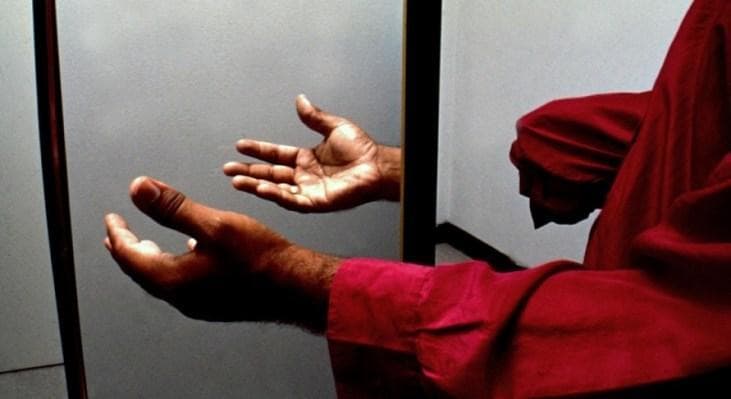
Conclusion
To finish, maintaining the motivation of the injured athlete requires a personalized approach and specific attention to individual needs. By involving the athlete in their recovery plan, providing constant feedback, providing appropriate challenges, and applying new training trends, you can help them maintain motivation and achieve a successful recovery.
It is important to note that the injured athlete’s motivation may vary with time, so it is also important to make them aware that it is okay to have times when it is a little harder, but that they will eventually return to their previous performance.
Unai Adrián Perez de Arrilucea Le Floc’h
Sources
- Bahr R, Krosshaug T. Understanding injury mechanisms: a key component of preventing injuries in sport. British journal of sports medicine. 2005;39(6):324-9.
- Meeuwisse WH. Assessing causation in sport injury: a multifactorial model. LWW; 1994. p. 166-70.
- Dai B, Herman D, Liu H, Garrett WE, Yu B. Prevention of ACL injury, part II: effects of ACL injury prevention programs on neuromuscular risk factors and injury rate. Research in Sports Medicine. 2012;20(3-4):198-222.
- Nessler T, Denney L, Sampley J. ACL injury prevention: what does research tell us? Current reviews in musculoskeletal medicine. 2017;10:281-8.
- Voskanian N. ACL Injury prevention in female athletes: review of the literature and practical considerations in implementing an ACL prevention program. Current reviews in musculoskeletal medicine. 2013;6:158-63.
- Brewer BW. Psychology of sport injury rehabilitation. 2007.
- Siegert RJ, Taylor WJ. Theoretical aspects of goal-setting and motivation in rehabilitation. Disability and rehabilitation. 2004;26(1):1-8.
- Nanbancha A, Mawhinney C, Sinsurin K. The effect of motor imagery and action observation in the rehabilitation of lower limb injuries: A scoping review. Clinical rehabilitation. 2023;37(2):145-61.
- Perez-De-Arrilucea-Le-Floc’h UA, Dote-Montero M, Carle-Calo A, Sánchez-Delgado G, Ruiz JR, Amaro-Gahete FJ. Acute Effects of Whole-Body Electromyostimulation on Energy Expenditure at Resting and during Uphill Walking in Healthy Young Men. Metabolites. 2022;12(9):781.

